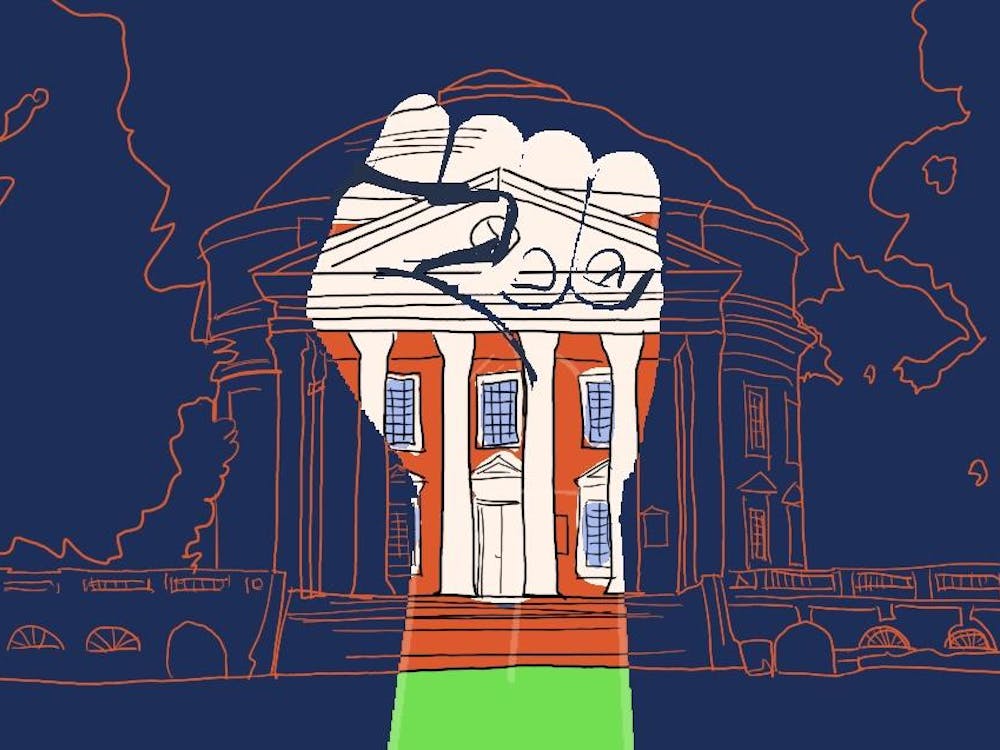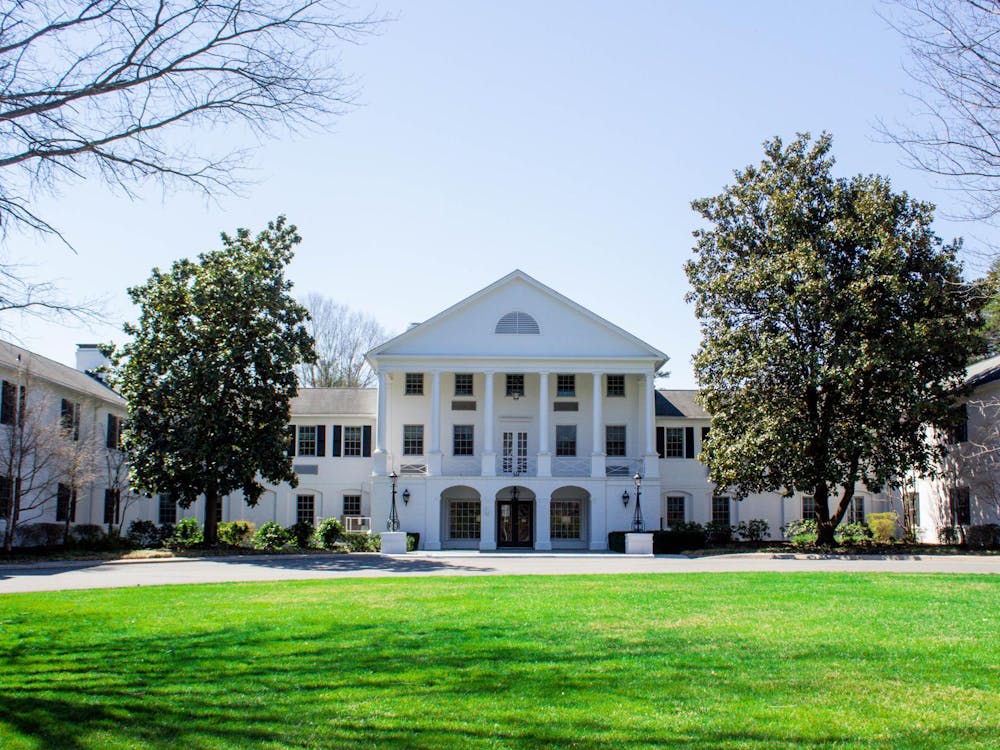WE'VE ALL heard them. Internet rumors and urban legends about the Sept. 11 attacks have spread like wildfire, with new ones springing up even to this day. Some have been true, like the tales of American and United Airlines' stocks plummeting the week before Sept. 11. But most - from the photo taken from the WTC observation deck seconds before the first plane hit to the allegation that CNN used old footage of Palestinians celebrating - have been completely false.
For the most part, these rumors have not gone further than e-mail forwards and word of mouth. But one such fabrication is alleged on several Web pages and in a best-selling French book, "The Frightening Fraud" by noted French author Thierry Meyssan. The myth - that the damage to the Pentagon was not caused by American Airlines Flight 77, but rather by the work of unknown parties to destroy the Supreme Naval Command Center in the Pentagon - is completely ridiculous and false. But the legitimacy awarded to this myth by the book's publishers, the media and most importantly, the people (as is evident by the staggering sales of the book), reveal the extent of some people's gullibility, and the ever-increasing need for skepticism today.
To be honest, I have not read this book. But the evidence so overwhelmingly disputes the premise of the book, and the main points are so easily accessible and refutable, that reading it is unnecessary.
For those of you who do not wish to read through the entire book either, you can consult a Web page on a server run by Meyssan's son, which summarizes the main points of the book (http://www.asile.org/citoyens/numero13/pentagone/erreurs_en.htm). The site challenges readers to "hunt the Boeing" and poses several questions as to the whereabouts of the plane and the behavior of the authorities. While these questions are ominously phrased, the answers are ridiculously simple.
For instance, the Web site ominously asks why it was necessary to "sand over the lawn [where the plane hit], which was otherwise undamaged after the attack?" Whatever the ominous implications of this are (and the page doesn't detail any), the fact is that fire trucks, emergency vehicles, dump trucks, construction equipment and many other vehicles that needed to get to the Pentagon site quickly are too heavy to operate on grass. A relatively simple answer.
Likewise, the site takes a quote by an official asked "Is there anything left of the aircraft," and after given a relatively detailed answer, asks why he couldn't tell reporters "where the aircraft was?" It's not that he couldn't - he wasn't asked that question. The site also claims that the damage to the Pentagon is not extensive enough to have been caused by an airliner. However, eyewitnesses have said that the plane hit the ground before hitting the Pentagon - diminishing the force of the impact. Also, the extent of the damage (such as internal damage to the inner rings) is not shown in the pictures on the Web page.
Photo documentation of the full extent of the damage, eyewitness testimony, army reports and a detailed refutation of "The Frightening Fraud" appear on Snopes.com, a well-known and respected Web site that researches and debunks urban legends (http://www.snopes2.com/rumors/pentagon.htm). In probably the most telling rebuttal, the author of the Snopes.com analysis points out that the planes hitting the World Trade Center were traveling faster than Flight 77, hit aluminum and glass as opposed to reinforced concrete, did not strike the ground first and still managed to barely penetrate the twin towers.
The closest analogy to "The Frightening Fraud" would be a book called "The Downing of TWA Flight 800," which asserted that the Paris-bound 747 was shot down by a Navy missile. Both conspiracy theories involve implausible assertions of the truth behind a plane crash covered up by the government - but several key differences remain. For instance, the author of "The Downing of TWA Flight 800" at least offers an alternate scenario to the "official" version - "The Frightening Fraud" does not offer any other explanation, just that the 757 did not hit the Pentagon. Legitimate questions raised by this claim, such as "Where is the plane?" "What happened to the passengers?" and "What caused the damage at the Pentagon?" are ignored. In his disregard of factual information, Meyssan has hit a new low - even for conspiracy theorism.
This lack of explanation is not surprising, because it fits in perfectly with the lack of any substantial evidence in the "Frightening Fraud" hoax. What is disturbing is that these allegations are at least being considered, if not accepted, by the tens of thousands who have bought the book, and even more who have viewed the Web page. A spokesman for one of France's largest bookstores asserted that the original 20,000 copies of the book sold out in a mere two hours after they went on shelves in March.
This new low in both paranoia and gullibility serves as another reminder of the need for skepticism today. Widespread and independent fact-checking, like that done at Snopes.com, does not receive nearly the same attention that outrageous claims like the "Frightening Fraud" hoax does. In the end, Thierry Meyssan has created a conspiracy out of nothing, and he sadly has the attention of thousands of people.
(Brian Cook is a Cavalier Daily opinion editor. He can be reached at bcook@cavalierdaily.com.)






